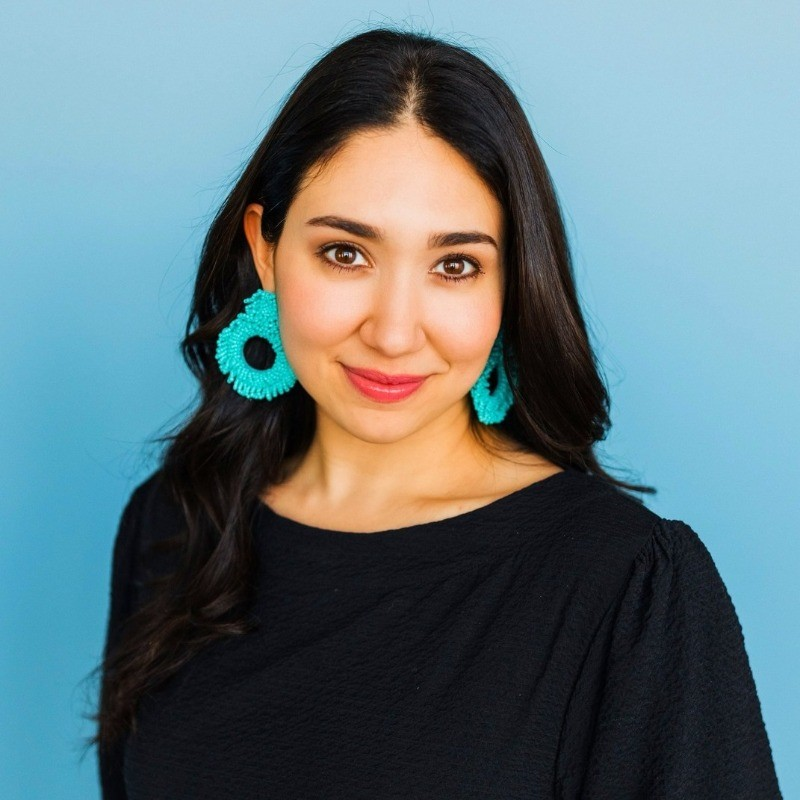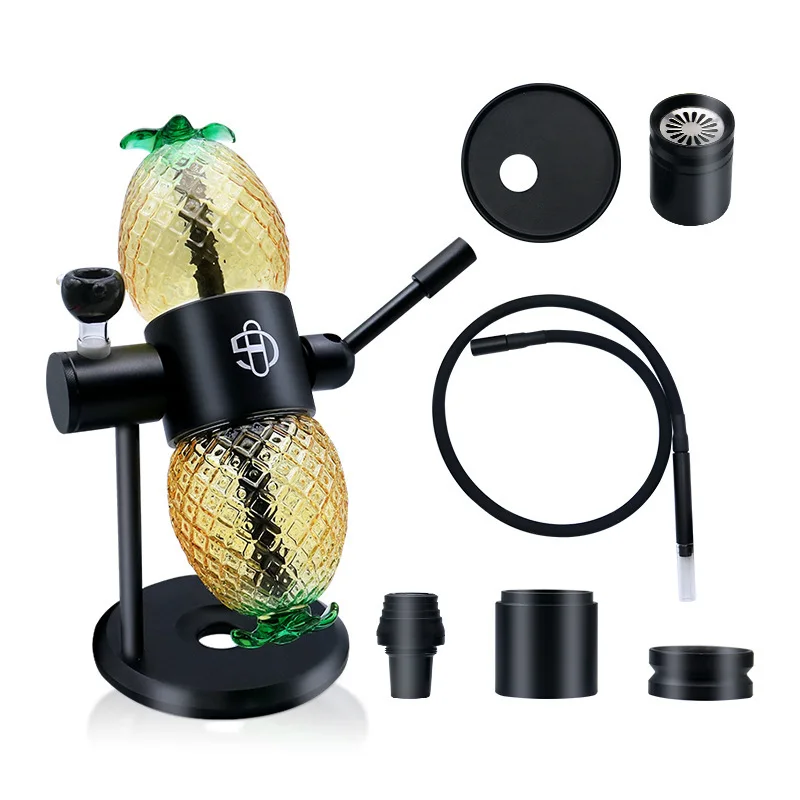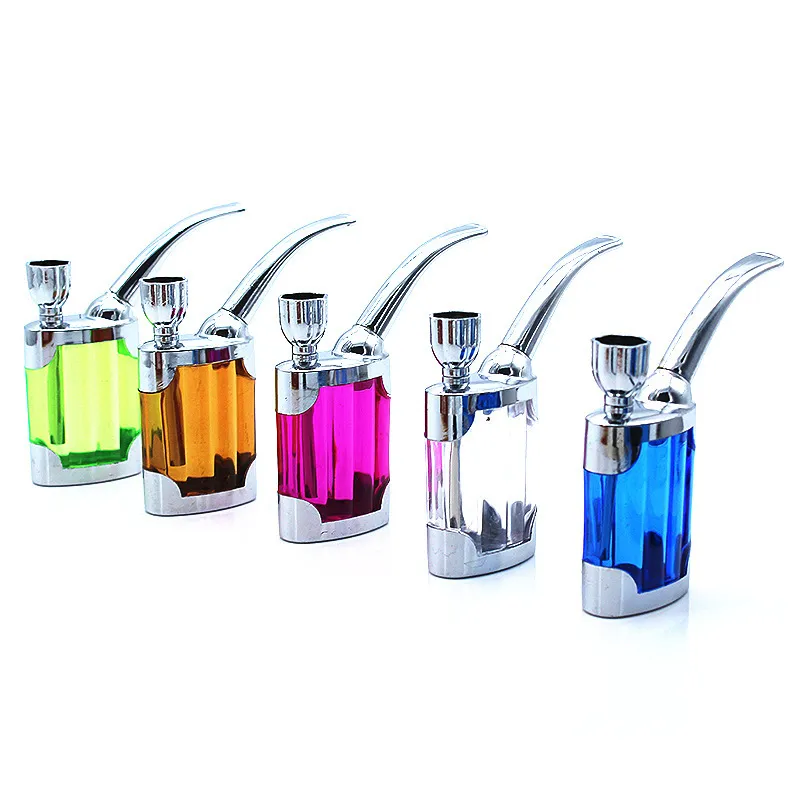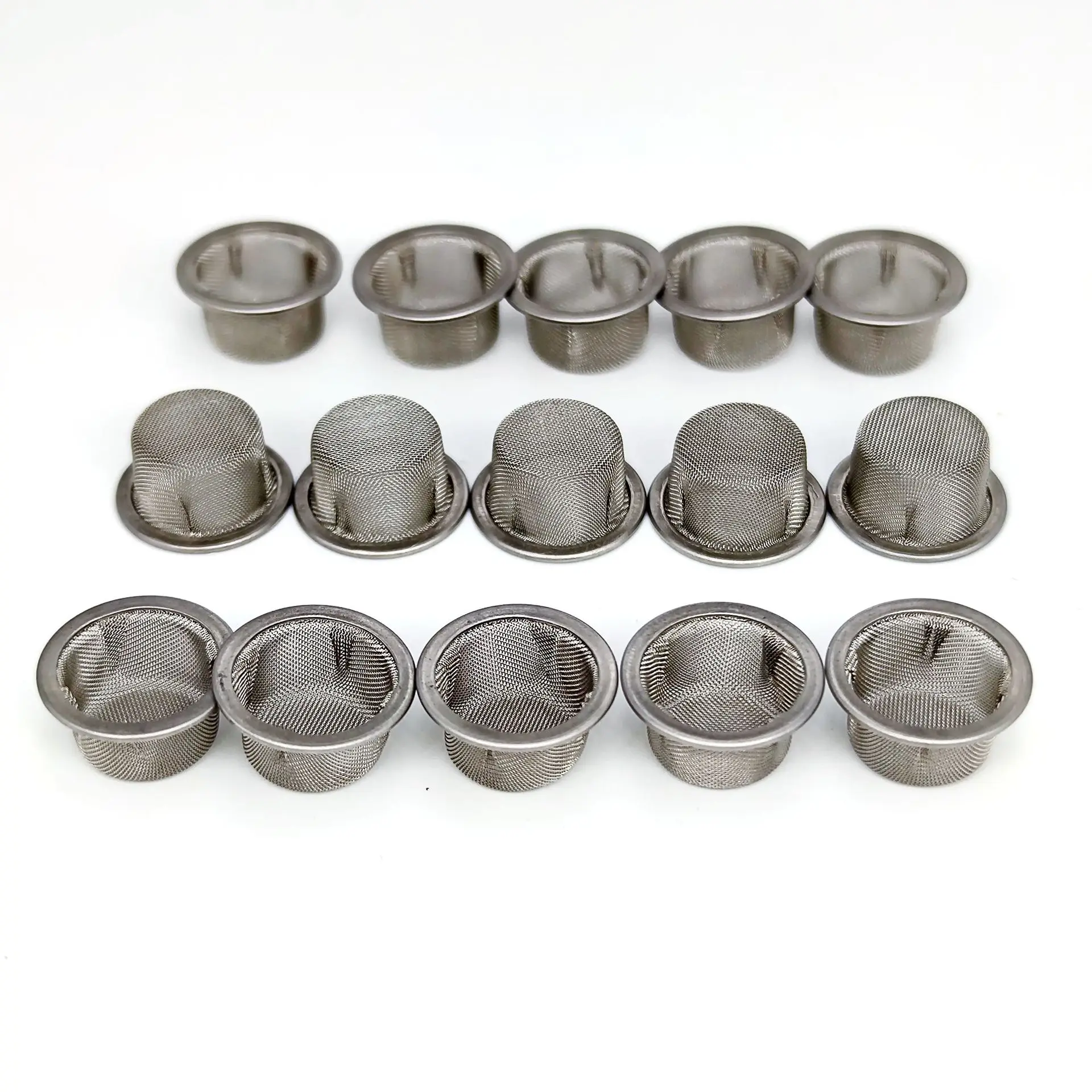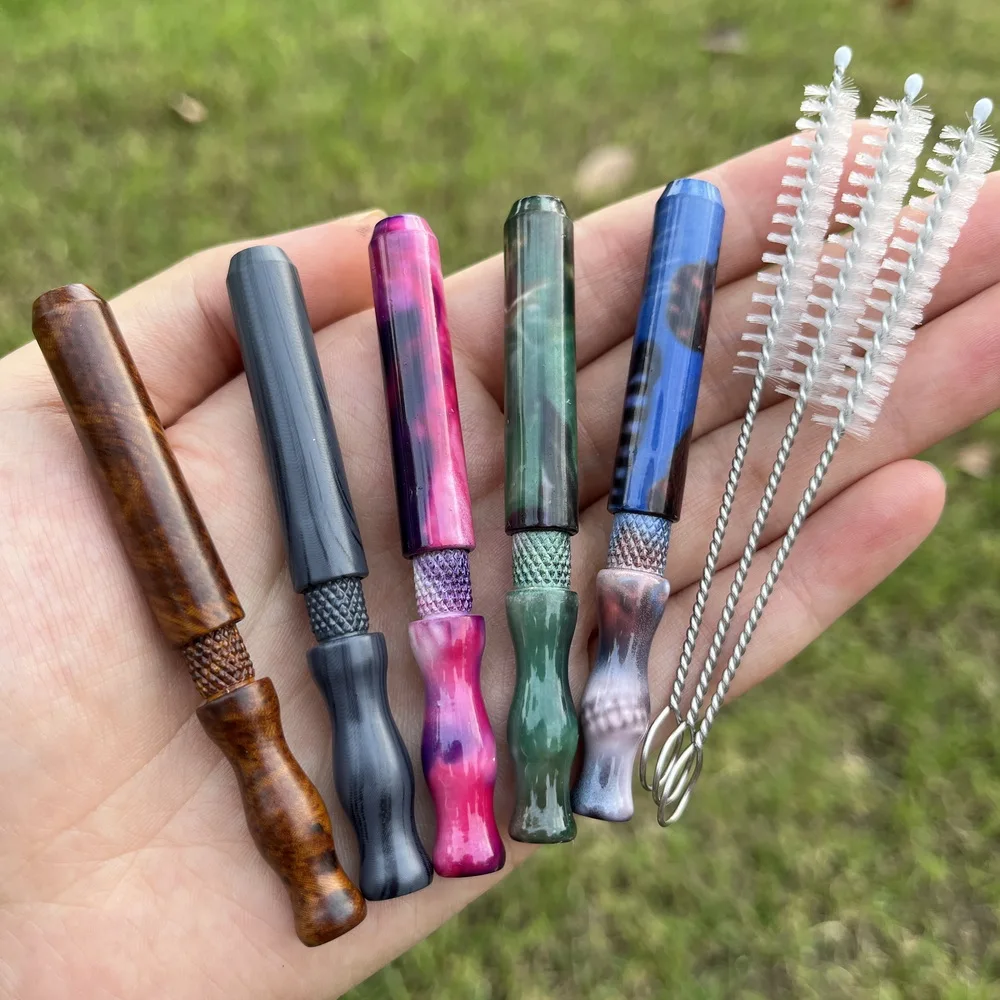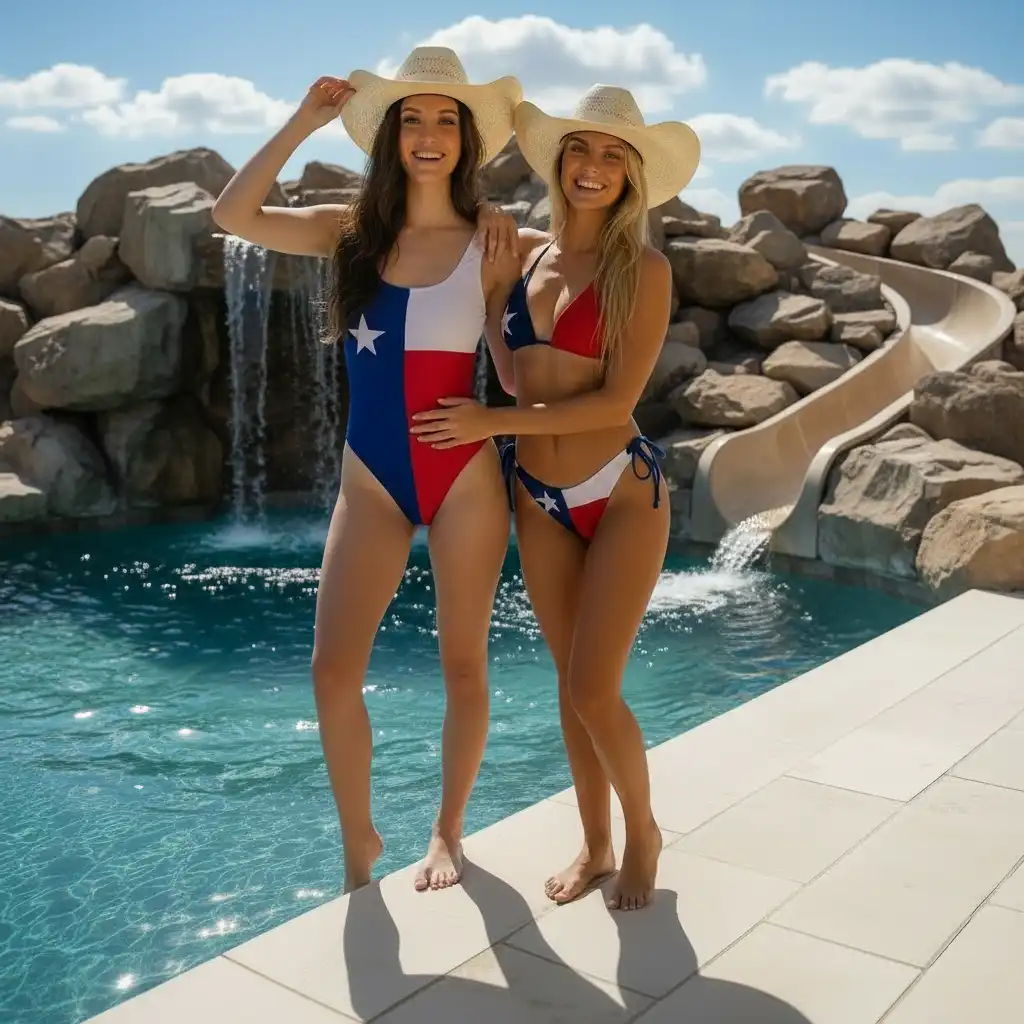It’s no secret that building a cannabis business is an uphill battle, unpredictable, full of obstacles, and requires relentless persistence. As a first-generation Latina entrepreneur who built her company from the ground up, I’d say from experience that the difficulties run even deeper at every step. Today, I stand proud as one of the 40% of women executives leading a legal cannabis company and the 24.3% of executives of color running a legal cannabis business. While these percentages have undoubtedly increased over time, nuanced challenges still exist.
I always start my story by saying I was born in sunny Miami, Florida. My parents were Cuban refugees, and I grew up in a very traditional Cuban household. I’m incredibly proud to be Cuban-American; it’s a huge part of my identity. Growing up hearing my family’s immigration stories put an enormous drive for success in me, mostly out of recognition for my family’s sacrifices so that my generation would have opportunities in the United States.
Launching Cannabis & Glass: From a Single Shop to a Multi-State Operation

In 2014, I co-founded Cannabis & Glass with one retail location in Washington, becoming one of the youngest recreational dispensary operators in the nation at twenty-two years old, alongside my business and romantic partner, Tate Kapple, twenty-four years old. Since then, we have built our business to seven cannabis retail dispensaries across three states and a state-of-the-art manufacturing site, without any outside investment. We’ve taken a majority of our net income from the last decade and put it back into the business in a relentless pursuit of growth. This decade-long journey hasn’t just been about business, it is rooted in our partnership and a shared commitment to our customers, employees, and a community that is based on loving cannabis as a product and a medicine.
It’s rare to build a business from the ground up, not only in the cannabis industry, but also as a first-generation immigrant. I believe one of the most important things we can do to create ladders of opportunity for marginalized groups is to break down barriers to entry, shaping effective social equity programs, application processes, and cannabis lotteries along the way.
The median net worth of U.S.-born residents with immigrant parents is roughly $162,900. However, the costs associated with opening a dispensary, including application fees, product overhead, rent, and other hidden expenses such as legal expertise and consultation, are approximately $750,000-$1,000,000. I didn’t have $1,000,000, $750,000, or even $162,900. I launched my first dispensary with just $10,000 from my side-hustle as a real estate agent. As a result, Tate and I were the only employees managing our first dispensary when it opened. We had a small workforce and limited financial resources, but strong product and consumer knowledge.
Turning Disadvantages Into Competitive Strengths
As young stoners with limited discretionary income ourselves, we understood our consumers because we were like them in many ways. Instead of creating an all-luxury retail experience like many of our peers, we provided an expansive product selection at competitive price points. Some of our dispensaries today offer over 1,000 unique products at some of the lowest prices in the nation. Sometimes, what seems like a disadvantage can turn out to be your greatest strength — we were our target customers, and that was an advantage that cannot be bought.
States need to find a way to create social equity programs that are empathetic to groups that were disproportionately harmed by the War on Drugs, while also creating policies that don’t set these same people up for failure. If states want to provide everyone with a fair opportunity, they need to keep licensing fees low and applications simple; make the barrier to entry actually attainable. In Washington, the fee was just $250, compared to Florida’s staggering $2 million – an unheard of amount of money to most people.
Then there’s the application process; while Washington and Oregon have streamlined, straightforward applications that can be handled by the applicant, my Iowa application was 3500 -pages, obviously requiring the eyes of a legally trained professional, which adds another cost. The best thing states can do is to minimize financial and bureaucratic obstacles. This approach is what helped Tate and me when we started, and it’s what I think will allow more minorities, women, and other underrepresented groups to enter the industry successfully.
Also Read: Last Week in Weed: April 21- April 28, 2025
Fixing the System: Making Cannabis Licensing Accessible for All
Eliminating exorbitant fees and streamlining application processes are tangible reforms that can allow real people to be able to build business ownership from within. It’s important that we reinforce social equity messages with both empathy and pragmatism. It isn’t just about acknowledging past harms, it’s about creating a framework that empowers rather than burdens new entrants. By keeping fees low and applications simple, we ensure that those affected by the War on Drugs can enter the industry without the risk of crushing debt, paving the way for sustainable success. Together, these changes can transform the current industry from one dominated by well-funded investors into a truly community-driven enterprise where equity and economic empowerment are attainable for all.



